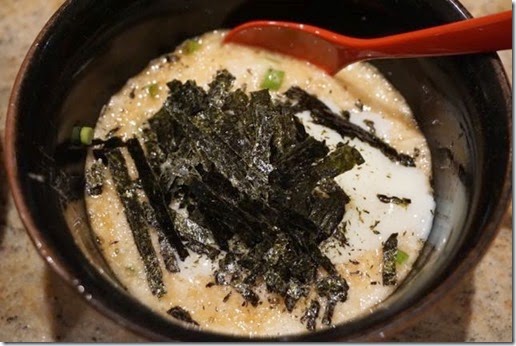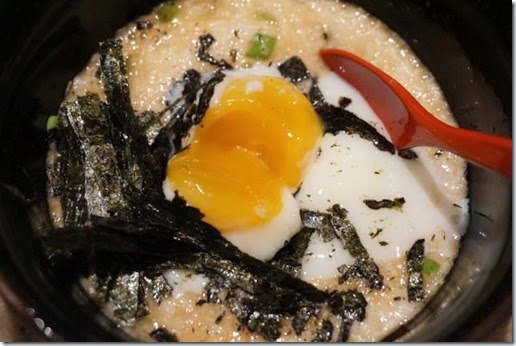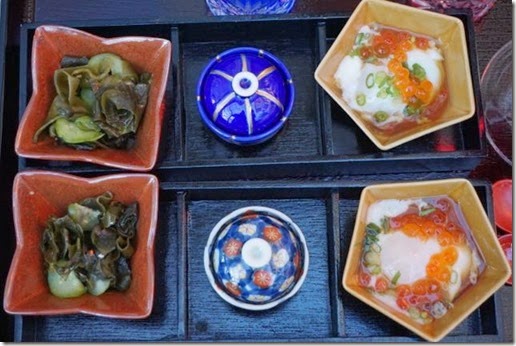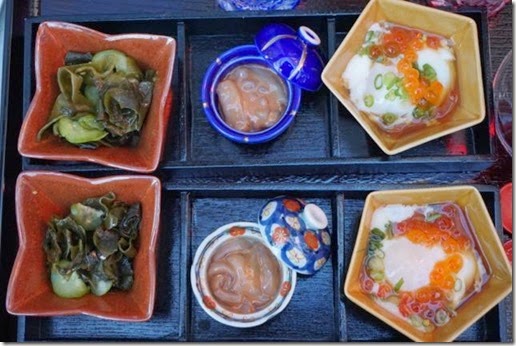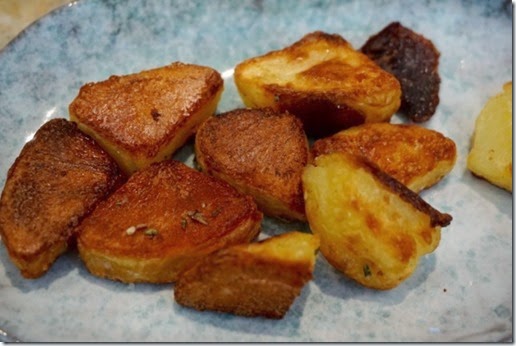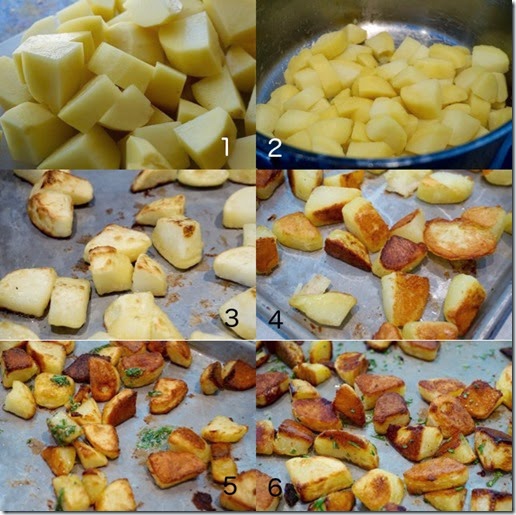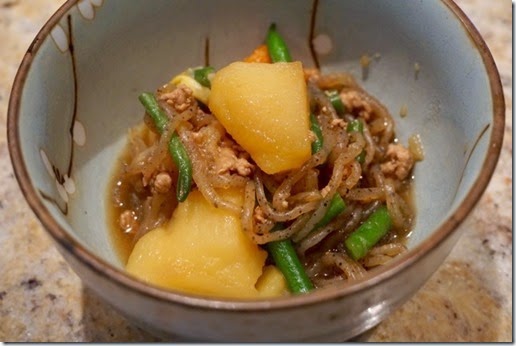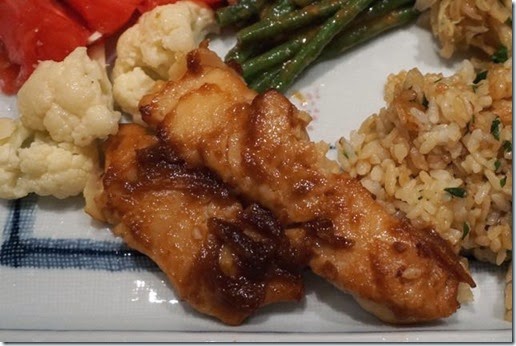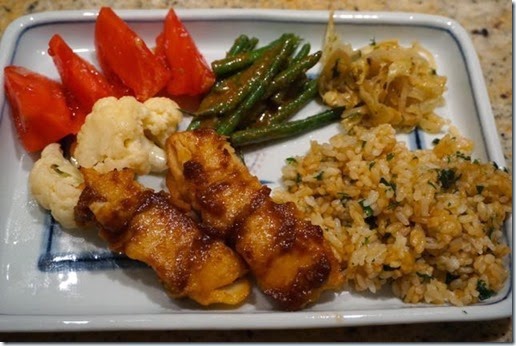This is "
chawan mushi" 茶碗蒸し with "nira" garlic chives. When I served
garlic chive egg drop soup ニラのかき卵汁 and told my wife that eggs and garlic chives go well together, she suggested I make chawan-mushi with garlic chives. In the interim, I also served "Nira tama" ニラ玉, which is scrambled eggs with garlic chives (I did not take pictures) one weekday evening further reinforceing that this combination was indeed made in heaven. I finally made the garlic chive chawan mushi one weekend.

The garlic chives floated on the surface but green and light yellow color contrast is nice.

The egg mixture was made
the same as before. We tasted this hot first off the steamer. It was nicely creamy as you can see below.

I added shrimp (one cut into two pieces per serving).
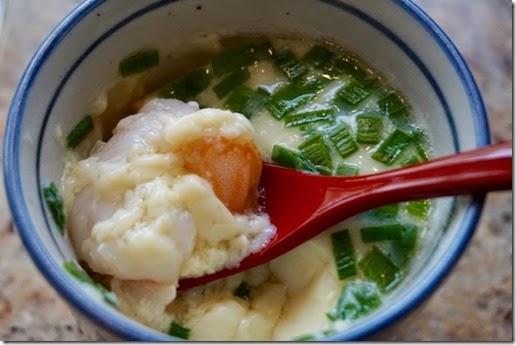
I also added small pieces of chicken tenderloin.

Few days later, I served this cold with topping of ikura salmon roe and real wasabi.

Both cold and hot versions were good but I preferred the hot version. The distinct garlic chive flavor was much muted in the cold version. The silky egg custard and the garlic chives are indeed good combination. This time I first soaked the chicken pieces in sake and then coated with potato starch before putting in the chawan-mushi. This made the chicken moist and tender and better than just putting it in "naked".
The below makes 6 small bowls.
Egg mixture:
As before, I used 3 large eggs beaten and added 3 times the volume of seasoned dashi broth. If the eggs are 150ml then the seasoned broth should be 3 times the volume, i.e. 450ml. Dashi broth was made from a "Bonito and kelp" dashi pack. I seasoned it with mirin, light colored soy sauce and "
shirodashi" 白だし. Seasoning is always tricky for chawan mushi. Too much will be "too much" especially when eating hot but when you serve it cold you need a bit more seasoning. I err on the side of under-seasoning.
Garlic chive:
The amount is arbitrary. I harvested young tender shoots from our herb garden and cut in 1/4 inch.
Shrimp:
I used 6 shell-on frozen shrimp, thawed in running water and then salted. I cut in two pieces length wise.
Chicken tenderloin: I used two tenderloins. I first removed the tendon/sinew and sliced it on the bias. I salted lightly and soaked it in sake for 5-10 minutes. I blotted excess moisture and thinly coated it with potato starch or Katakuri-ko 片栗粉.
I first added the shrimp and chicken into the cups and poured in the egg mixture through a fine meshed strainer into 6 cups. I then added the chopped garlic chives.
I placed the 6 cups in a steamer (my electric wok) and steamed them on a constant low steam for 20-30 minutes (first picture).
My wife really liked this, either hot or cold. She thought the chicken was really moist and tender which I agree. This was a very successful dish.
